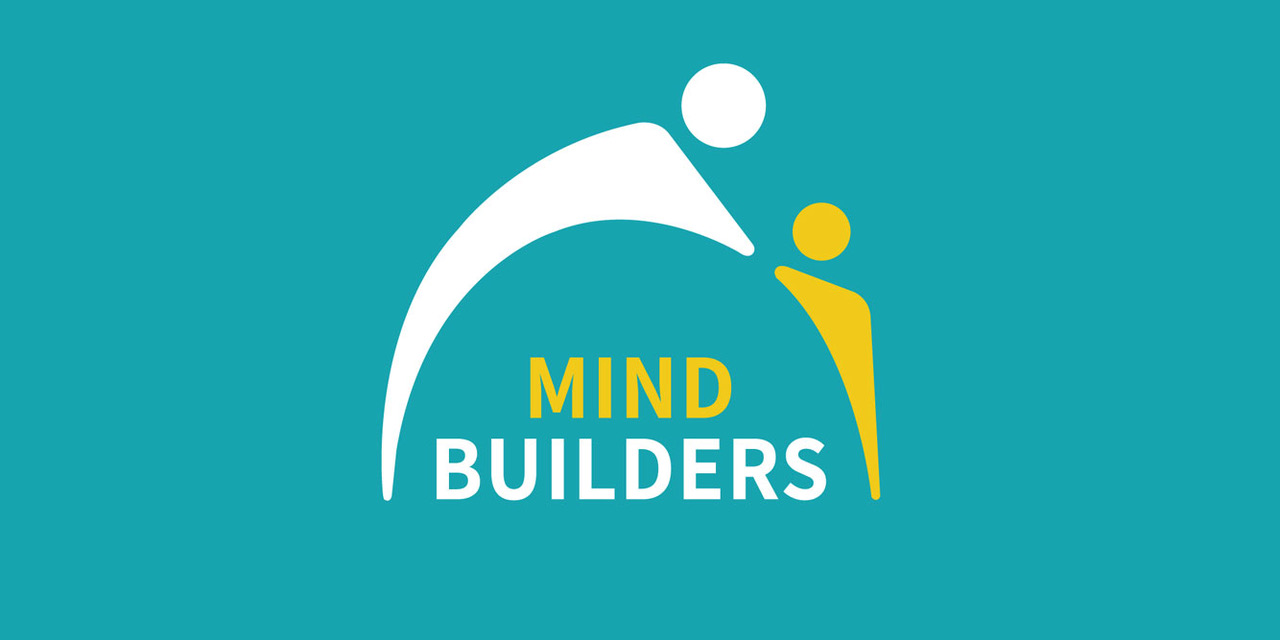The Waldon Facilitator
As a Waldon practitioner and learning facilitator, you are aware that
- the child learns primarily through its own movements. Why?
- Movements activate the sensory receptors in the muscles, joints and tendons and send nerve impulses to the central nervous system (CNS), where the activity patterns of the receptors are organized in such a way that they gradually make sense of the world.
- the Waldon lessons and the associated material are merely the means to encourage the child to produce movement patterns that the Waldon practitioner considers "important" for the child's learning and development.
The Waldon Facilitator should use large (but not necessarily heavy) objects, that are easy to grasp, and have only ... große (aber nicht unbedingt schwere) Gegenstände bevorzugen, die leicht zu greifen sind, und so wenige Gegenstände wie möglich auf den Tisch stellen, d.h. nur das, was notwendig ist, um einen angemessenen Bewegungsfluss aufrechtzuerhalten.
Das Motto für den Unterricht lautet: besser weniger Material, das auf vielfältige Weise verwendet werden kann.
One of the main tasks of the adult or learning guide is to ensure that the child can feel safe and that no feelings of insecurity arise. He or she does this by using clear and simple materials and letting the child feel and experience the movement sequences and visual-spatial changes of the objects on the table, initially by guiding them by hand. In the beginning, for example, it is advisable to use natural wooden blocks (or pine cones or potatoes) and to avoid colored objects in order to prevent the learning child from having to choose between shape or color and feeling insecure as a result.
The adult shows the child 'how it works' through active hand guidance and non-verbally in order to allow him to directly experience various new movement sequences.As soon as the adult senses that the child has understood the rhythm and movement sequences, they are always ready to withdraw their tactile support, or immediately take over again at the first hint of uncertainty. In order to support the child in focussing their attention on the sensory handling and visual-spatial events, this takes place non-verbally and without verbal explanations. And without praise.
The non-interactive Waldon lesson
As a Waldon lesson learning guide, our task is to support the child's abilities in a sensitive way
- to use the entire space available close to the body
- to promote physical integration
- To grab things
The child must therefore make large, clear and well-defined movements with their hands and arms from a stable sitting position in order to reach, stretch, grasp and release. You should remember to use the vertical plane (at least up to head height) so that the child's shoulder muscles are stretched both upwards and outwards.
Activities should often be bilateral, with the hands often crossing the midline into the space of the other side of the body to promote physical integration.
Um sicherzustellen, dass der „Kraftgriff“ der ganzen Hand des Kindes vollständig trainiert wird, sollte man möglichst Aktivitäten wählen, die einen starken Griff erfordern. Aufnehmen, Wischen und Schaben, Harken, Schöpfen, Schaufeln sowie Klopfen und Schlagen sind dafür hervorragend geeignet. Verwende im Allgemeinen große Gegenstände, die in Form, Beschaffenheit, Dichte und Größe variieren, damit das Kind seinen Griff während der Unterrichtsaktivitäten automatisch verändern muss. Auf diese Weise entwickelt das Kind auf natürliche Weise eine Reihe von adaptiven Greiftechniken, darunter den Dreifinger- und Zangengriff.
These considerations apply regardless of how "advanced" the learning activities are.
Non-verbal and non-interactive
In order to give the child the greatest possible security, we must help him to understand that this being together is about his own doing and handling objects - and not about interactive play or negotiating who wants to, could or must do what and how.
In order to communicate this as clearly as possible, the Waldon lesson takes place non-verbally and without eye contact, as this conveys, at least initially, that the situation and movement sequences are negotiable, which ultimately leads to insecurities and uncomfortable feelings. In order to make the child experience this as directly as possible, the learning guide sits behind the child so that they can guide the handling together with the child and with their hands.
Older children in particular, who have gained a lot of experience with 'rather not do(ing)' over several years, have often made a habit of avoidance behavior, such as throwing things, shouting, asking questions, giving compliments ('You have a nice watch!') or trying to engage us in conversation in order to stick to their habit of doing nothing.
Primary and secondary obstacles
Geoffrey Waldon distinguishes between "primary impairments", i.e. the original physical/mental problem that impairs development, and "secondary impairments", i.e. learned behaviors that can be traced back to the primary problem.
- Avoidance behavior such as tantrums, stiffening of the body, repetitive behavior, e.g. throwing, screaming, running away, ...
- Self-deprivation behaviors, e.g. rocking, spinning things and other "comfort zone behaviors", - which may include throwing, screaming, head banging, ...
These are usually a sign of insecurity and (often years of) excessive demands and are reduced when the learner repeatedly experiences that he feels safe and well supported by the active, calm and non-verbal guidance of the learning guide and develops his self-confidence because he increasingly understands 'how it works' and 'what I can do'.
With thanks for some text passages to Terry Buchan/ Waldon Association
Literature:
- Hawkins, M. (2019): Learning to learn. How to teach children with learning difficulties or autism to learn. Peculiarity Press, Henley-on-Thames
- Janert, Zirnsak et al (2021): Treating autism in a relationship-oriented way, Reinhard Verlag
- Blatt, J. (2021): Every Child Can Learn. Using Functional Learning to Support Developmentally Delayed Children and their Families. 2nd revised edition. Bell & Bain, Glasgow
- Solomon, Walter. (2012): Autism and Understanding. The Waldon Approach to Child Development. Sage, London

